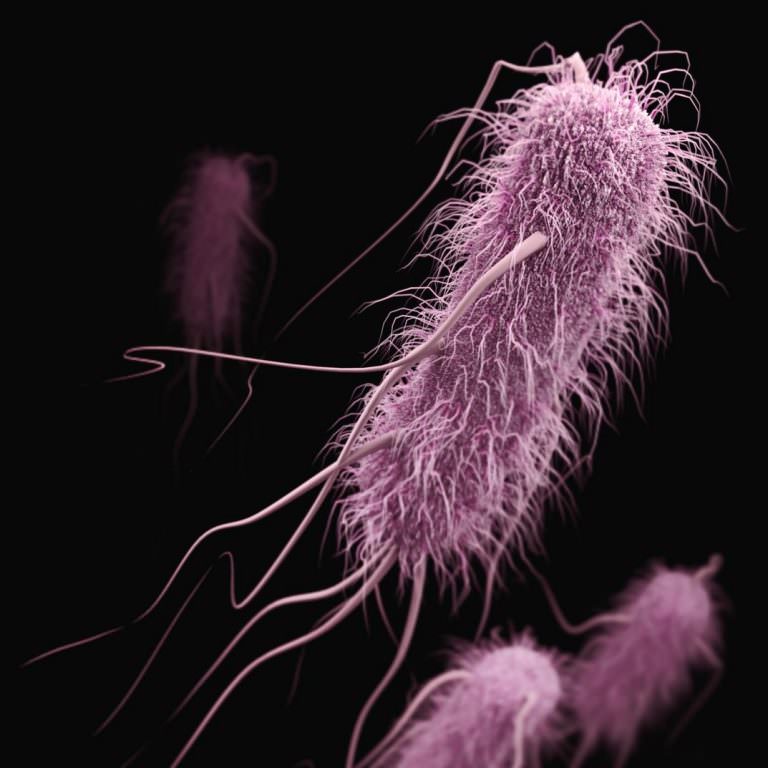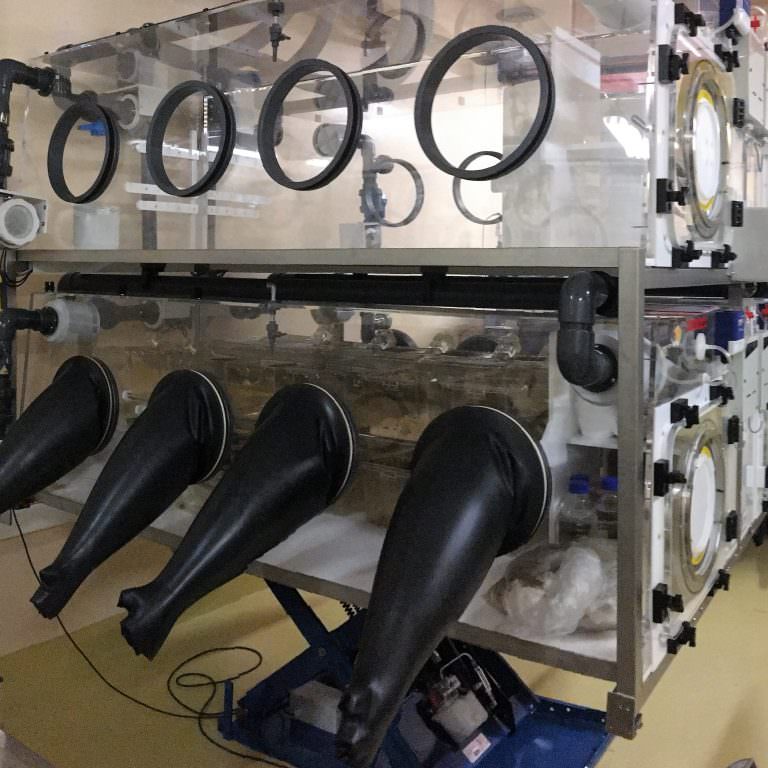Genetically modified mice that serve as models of inherited diseases or as tools to dissect biological mechanisms have proven essential to the progress of biomedical science. Mice, like humans, are heavily colonised by micro-organisms that can be pathogenic, innocuous, or beneficial commensals. In humans and mice, the microflora roughly represents 90% of the cells that compose an individual. The phenotype associated with a specific mouse genome modification may result from disruption of the interactions between the host and its microflora. Commonly, mice are raised in the now standard Specific Pathogen Free (SPF) conditions, which do not significantly modify the extreme diversity and number of colonising micro-organisms. Gnotobiotic techniques allow for the generation and maintenance of animals in a germ-free or axenic environment and the possibility to restore specific components of the microflora. The comparative analysis of a given mouse line raised in SPF and in germ-free condition, reveals the contribution of the microflora to the phenotype associated with a specific mouse genotype.
Axenic Service
Germ-free mice are important models to study the effects of microbiota in living organisms and their generation is an expensive, complex and time-consuming process. INFRAFRONTIER partners offer this service to the biomedical research community on a non-profit pay-for-service or collaborative basis.
If interested, please

Gnotobiology and Mice


Germ-free animals can also help us to understand the host-commensal interactions during tissue regeneration, like in the intestinal epithelium. Metabolic disorders are now also clearly associated with the microbiota composition. The notion that the microbiota could also influence behaviour is being investigated as well. Finally, the importance of microbes in cancer and cancer therapy has been increasingly claimed in the past few years. To test new experimental settings on this expanding research area, the use of germ-free/gnotobiotic technology constitutes an attractive tool.
Microbiome in Research and Reproducibility
Over the last 10 years, gnotobiology has experienced a comeback, likely because of the development of high-throughput analyses of the microbiome and the development of empirical system biology. Interestingly, while differences in phenotype severity, penetrance or incidence for the same mouse genotype have been long noted between institutions and largely understood as an influence of the micro-environment, the effort to define SPF conditions – by exclusion criteria – at an international level did not fully solve the discrepancies. As an example, the identification of Helicobacter hepaticus as an opportunist pathogen that affects several biological parameters and its subsequent inclusion in the SPF list, helped the field of intestinal inflammation. More recently, the identification of Segmented Filamentous Bacteria (SFB) in the Taconic but not the Jackson C57BL/6 colonies has finally elucidated most intriguing phenotypic variations across institutions, in WT and in specific mutant mice that were cross-colonised. These two examples highlight that only a radical approach, such as axenisation and colonisation with a defined flora will ensure both reproducibility of investigations and proper assessment of the host genotype contribution to a given phenotype. It is worth noting that a minimal commensal flora is already defined and routinely used in some mouse production centres. Yet, it is also clear that even this restricted commensal flora (5-8 species) modify their host biology. In essence, it is becoming more common and there is indeed a requirement to assess the contribution of the microbiome to specific phenotypes.
Derivation of Germ-Free Mice (Axenic Service)
To aid in assessing the contribution of the microbiome to specific phenotypes, the INFRAFRONTIER Axenic Service was supported by two EC projects – INFRAFRONTIER-I3 (FP7) and INFRAFRONTIER2020 (H2020). Beyond providing pilot axenic services the projects supported capacity development in gnotobiology, and the coordination and development of a comprehensive INFRAFRONTIER service portfolio to support microbiome research. This service is now offered on a fee-for-service basis.
The INFRAFRONTIER service to derive germ-free (axenic) mice is provided by the Axenic / Gnoto Facility of the Gulbenkian Institute for Molecular Medicine (GIMM), the Axenic Facility at the Mary Lyon Centre at MRC-Harwell, and TAAM – Transgenesis and Archiving of Animal Models (CNRS) which are among the very few dedicated facilities in Europe that have the required equipment and expertise to generate germ-free and gnotobiotic mice and routinely offers their services to external users. The participating axenic and gnotobiology platform support research into host- microbiota interactions to study the role of the microbiome in health and disease. This has been researched extensively and established the involvement of the microbiome in metabolism, nutrition, physiology, and immune function and showed that mammalian microbiota plays a crucial role in the pathogenesis of many diseases such as cancer.
INFRAFRONTIER Partners Offering Axenic Service:
Click on the pins to learn more about the providers!
Axenic Service Providers:
Additional Information
Glossary
Definition of key gnotobiology terms.
References
Selected literature illustrating recent advances in disentangling mouse genotype and microbiota contribution to phenotypes.
Protocols for axenic derivation as PDF
The protocol on the production of germ-free mice is provided by the Gulbenkian Institute.
